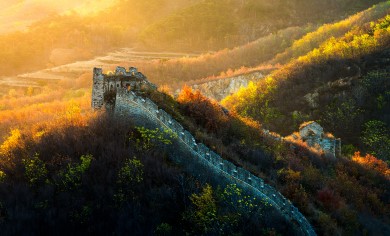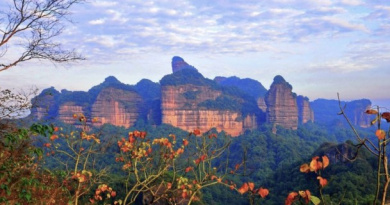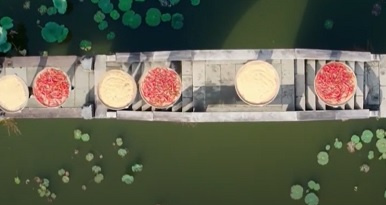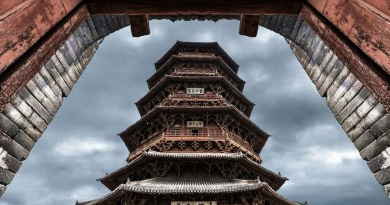The Great Wall
Covering a total length of 8851.8 km across 10 provinces, it is not an easy task to explore the Great Wall in depth. Most books described the Great Wall built by Emperor Qin (259-210BC) who united China, but in fact the Great Wall already came into shape several hundred years before Emperor Qin, built by various warring states. Qin only connected them after having conquered all these states and united China. It was indeed, a colossal military structure of all time. According to official records, Emperor Qin conscribed nearly one million labourers, about one twentieth of the national population at that time. Without mechanical tools, construction work mainly relied on manpower. It is almost unimaginable in modern time.
The Great Wall we see today is mainly rebuilt during the Ming Dynasty (1368-1644), extending from Shanhaiguan Pass along the Bohai Bay to Liaodong Peninsular in the east, and westward, running through Inner Mongolia, Shanxi, Shaanxi, Ningxia until the Jiayuguan Pass in Gansu on the ancient Silk Road. It runs through plateaus, prairies and the Gobi Desert. Due to lack of bricks and rocks in the west, some parts of the Great Wall were made of tamped earth.
Built in the wilderness in northern part of China, often windy and cold and away from home, it is not too difficult to imagine what the soldiers were feeling when they were to station there in ancient time.




